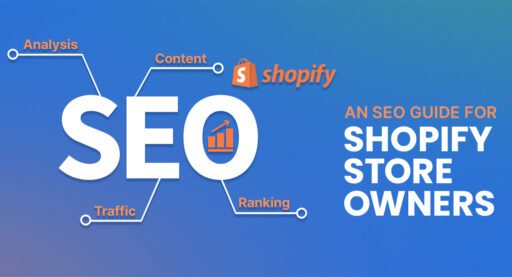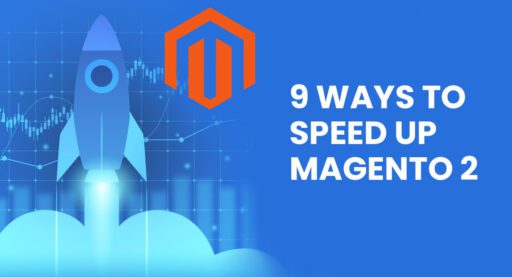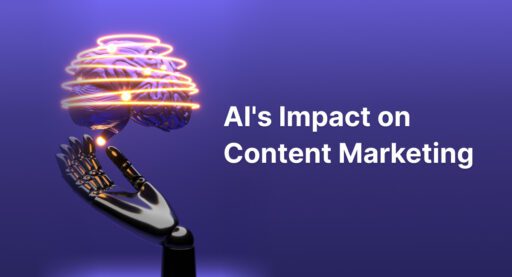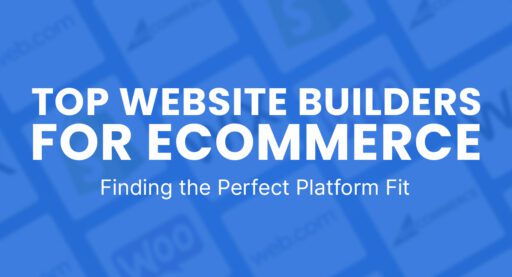“How soon can I expect to see ad results?” is typically the first question advertisers ask once their campaign has launched. However, the short answer is that there is no simple answer.
Several factors affect the time before an advertising campaign begins to pay off. Once those factors are clearly defined, it’s possible to create a reasonably accurate estimate.
The first and most important question to answer is: what are the goals for each stage of the marketing funnel? Then, it’s critical to decide how these goals will be measured.
Awareness, consideration, and conversion are key elements to this process. Let’s consider each.
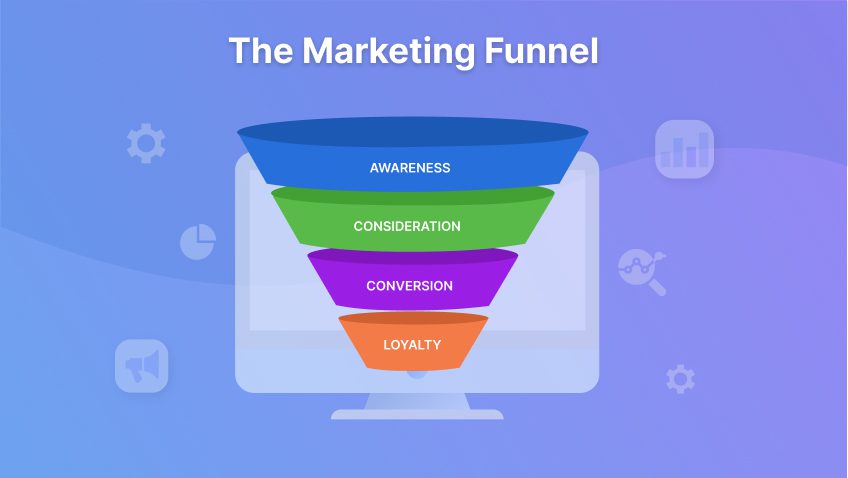
Awareness
Awareness is measured by the number of impressions among a cold audience, typically called a “level one” audience.
If a brand lacks awareness and there is no demand, or a product is not easily understood, then the first goal is to build awareness. Building awareness doesn’t happen overnight. A message must compete with thousands of daily messages that bombard today’s consumer.
Therefore, developing advertising creative that can sufficiently break through the clutter is vital. Once this has been done, repeated ad exposure is necessary for a brand to begin registering in the minds of consumers. This is where the Rule of Seven is useful. The Rule of Seven states that at least seven exposures per target consumer are required to create brand awareness that will, in return, build demand.
To estimate how much time the awareness phase will take, it’s important to determine how often the target audience will see the ad in question (also known as an impression). This is dependent on the size of the audience and the budget. In an example where there is an audience that’s interested in high-end camping gear, based on specific age and other demographic factors, this audience could potentially be narrowed down to 200,000. Then, assuming a monthly budget of $5,000 with a CPM (cost per 1,000 views) of $14.90 (industry average for Facebook), this would take about four months to show the ad seven times to that audience.
From there, to calculate the time needed to achieve awareness on one single ad platform, such as Facebook, divide the monthly budget ($5,000) by the CPM ($14.90) to get a monthly number of impressions (335,570). After that, multiply the audience size (200,000) by seven and divide this factor (1,400,000) by the monthly number of impressions (335,570). This equates to an estimate of the number of months (in this example, four months).
This four-month estimate is just for one ad platform. To build a scalable business, an organization must reach audiences across multiple ad platforms. The rate at which consumers become aware of a brand can be accelerated with a higher monthly budget across multiple ad platforms.
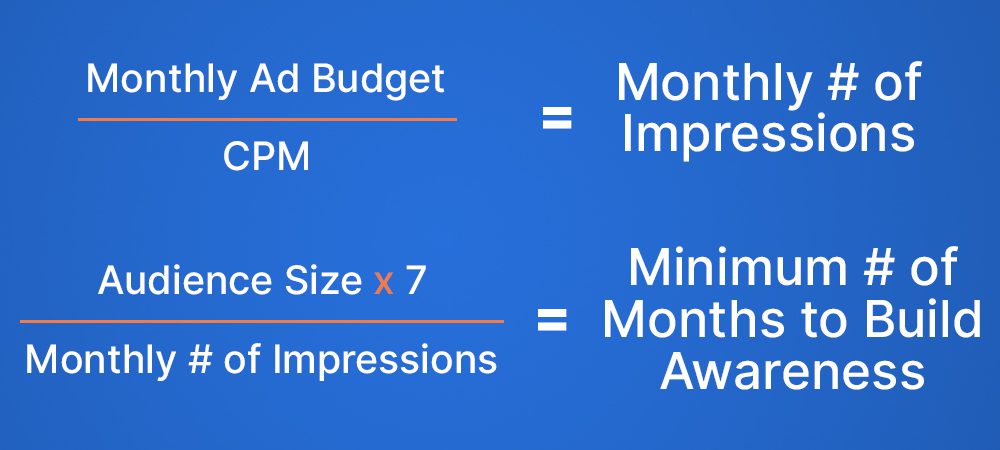
Consideration
Building a remarketing audience is the goal of the consideration phase. It’s measured by the size of those interacting online with a brand. This consideration audience is typically called a “level two” audience.
During the awareness phase, an ad platform will build an audience list of those interested by visiting a website or interacting with ads, such as a video view.
Once a sizeable audience list has been built, the consideration phase can begin with a remarketing campaign. A remarketing campaign shows call-to-action ads to people who have already interacted with the business. This audience is considered warmer and more likely to continue interacting with the brand. In general, at least 2,000 monthly users need to visit a site or interact with ads, to build a successful remarketing list.
The time required to build a remarketing audience will depend on how much organic traffic is generated during the awareness campaign, which depends on the size of the budget and the effectiveness of the ads.
Conversion
Getting the final desired action is the goal of the conversion phase. Conversion, like a purchase or capturing an email address, is how this phase is measured. The audience in this phase is typically called a “level three” audience. It is considered the warmest of all audiences because it includes the remarketing list and past purchasers.
When clients ask how long it will take to see results, this is typically the phase they have in mind. But to get to this phase, time is needed first to build brand awareness and create sufficient demand. This can take many months, if not years, depending on the budget and how competitive the sector is. Consider that, according to Google, it takes an average of 7 hours of online interaction across 11 touchpoints in 4 separate locations before a buyer makes a purchase. That’s why staying in front of your audience with repeated ad exposure is important.
In this phase, campaigns should be trained on a conversion goal, such as purchase. Google Ads, for example, will generally start to convert at the projected CPA (cost per acquisition) or ROAS (return on ad spend) once the campaign leaves the learning phase. As with the awareness phase, this depends on the budget, demand, and audience size. Google’s official stance is that the learning phase is data-driven, not time-dependent.
Suppose an advertising account has enough data from years of advertising, and the brand already has solid awareness. In that case, the advertising campaign will likely transition from the learning phase to active advertising in 2 to 4 weeks. Regardless, it’s best not to change the campaign during the first 3O days. Once the campaign exits the learning phase, then it’s time to analyze the results and start the optimization process.
Key Points
The time between launching an ad campaign and when the campaign becomes cost-effective depends on sufficient demand, awareness, and a budget that meets the set goals. Identifying and targeting an audience as precisely as possible is key to reducing the time from launch to achieving the desired results.
Essentially, five equally important factors predict how long it takes to see results:
- Money – the size of the advertising budget
- Audience – the size of the audience and how easy that audience is to find
- Creative – the effectiveness of ads
- Website – how well a website converts traffic into the desired action
- Competition – the number of players competing for the consumer’s attention
At Epic Strategies, we take a full-funnel marketing approach. This means we tailor an advertising strategy to the unique needs of a particular business, non-profit, or organization.
